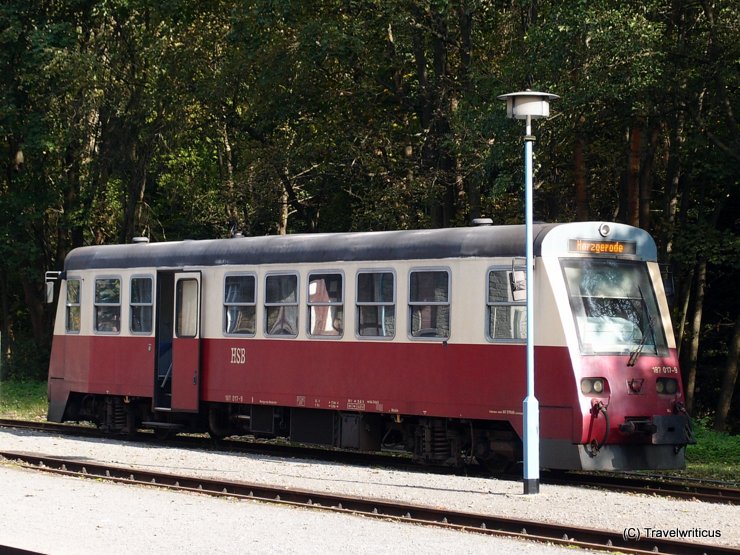
The Harzer Schmalspurbahnen (Harz Narrow Gauge Railways) are widely known for their steam trains running up and down the Harz Mountains. But they also offer diesel railbuses (Class 187) dating back to the 1990s.
You only see what you know (Goethe)

The Harzer Schmalspurbahnen (Harz Narrow Gauge Railways) are widely known for their steam trains running up and down the Harz Mountains. But they also offer diesel railbuses (Class 187) dating back to the 1990s.
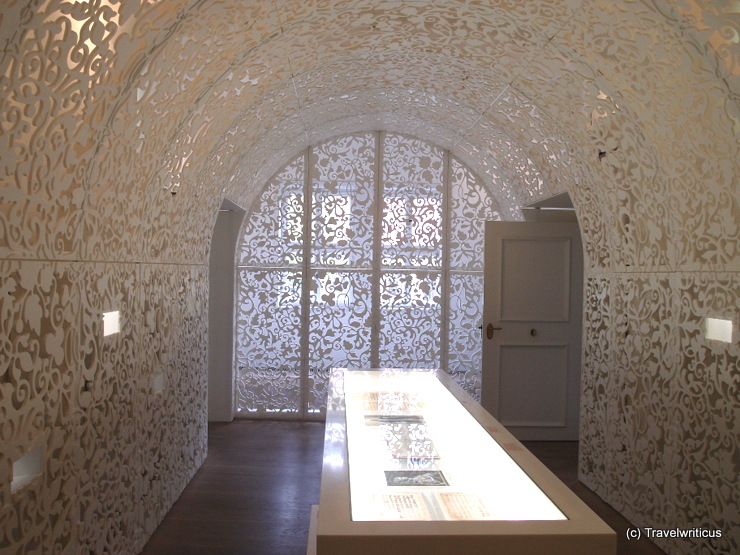
Georg Frideric Handel (Georg Friedrich Händel) was born in Halle (Saale) in 1685 and lived in this city for 18 years. Today, his birthplace houses an exhibition on the life and work of the composer. It is generally known as the Handel House (Händel-Haus). [German]
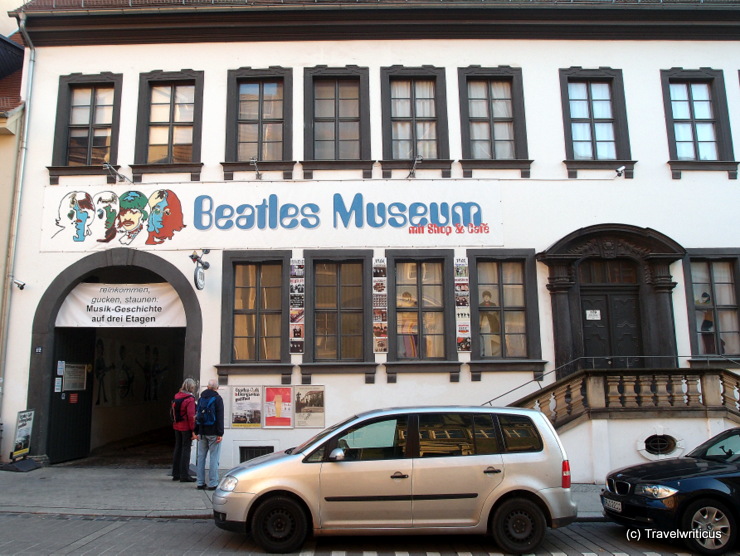
The Beatles Museum in Halle (Saale) tells about the famous band on three floors. It shows pieces from the beginning in the 1960s until their separation in 1970. It also displays material about their solo careers after 1970.
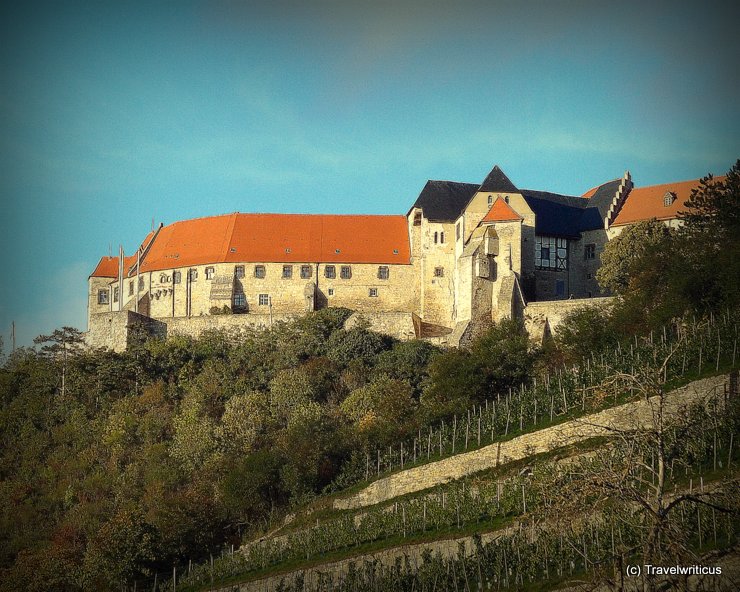
Neuenburg Castle (Schloss Neuenburg), located in the wine-growing area of Saale-Unstrut, accommodates a wine museum. I took this photo while enjoying a boat trip on the Unstrut River.
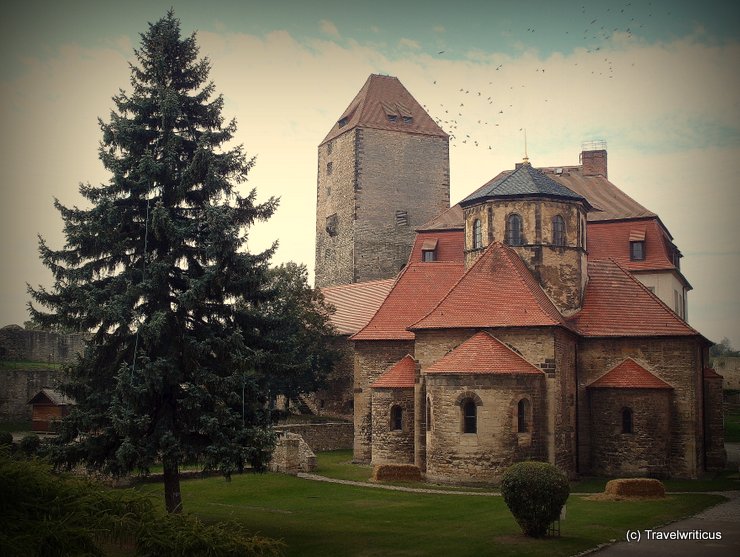
The chapel of Querfurt Castle (Burg Querfurt) in the German state of Saxony-Anhalt dates back to the 12th century. It stands free in the court of the castle. The decoration inside is in Baroque style.
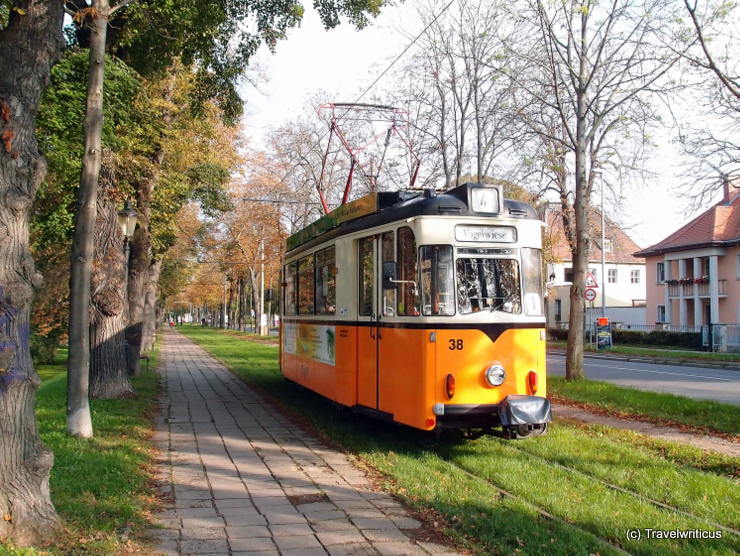
Naumburg (Saale) still uses GDR tramcars on its tourism tramline. While walking along the tracks, this “Gothawagen” T57 overtook me. Its nickname refers to the manufacturer, the Gothaer Waggonfabrik in Gotha. T57 stands for 1957, its first year of production.
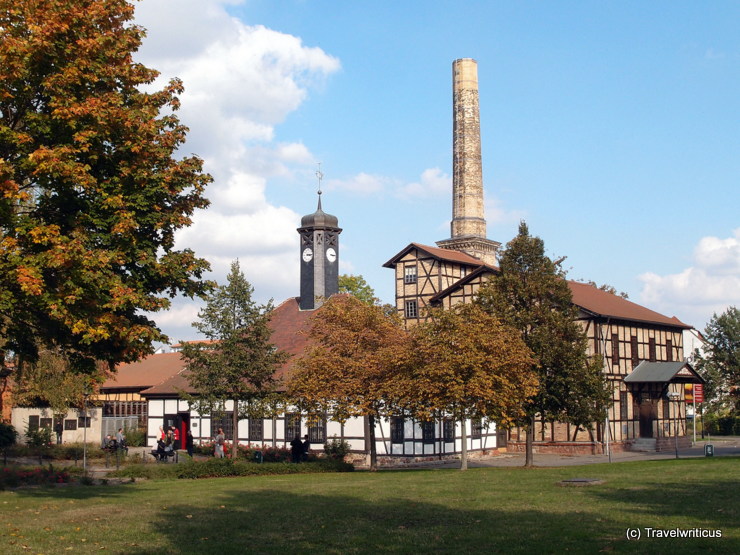
The Hallors and Saline Museum opened in the former Royal Prussian saline to Halle (Saale) in 1967. Members of a brotherhood of salt producers – the Hallors – still present traditional salt production in its rooms at regular events. [German]
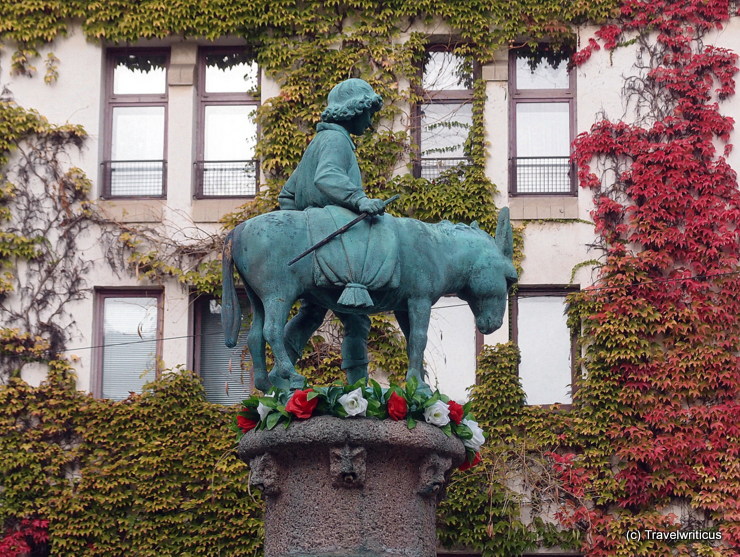
The Donkey Fountain (Eselsbrunnen) on the Old Market (Alter Markt) in Halle (Saale) dates back to 1913. Its motiv – a man with a donkey walks over a rug of roses – refers to an old but fun legend. [German]
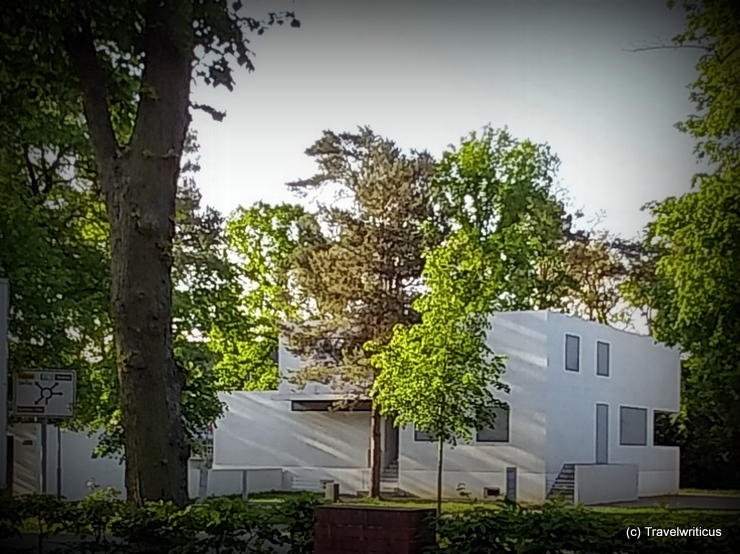
After Walter Gropius founded the Staatliche Bauhaus in Weimar, there was no time to mould his new ideas into a building. After his move to Dessau, he appeared as an architect on a site of the Bauhaus School. Here, the four Masters’ Houses form an ensemble. [German]
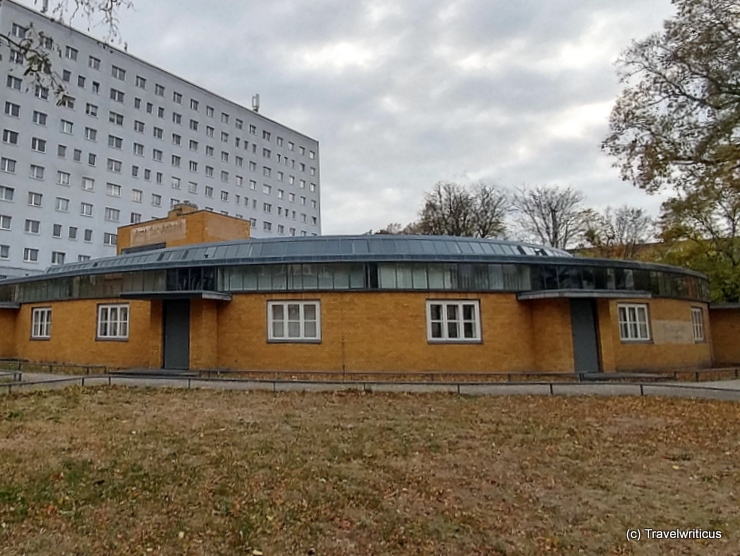
Walter Gropius planned this building in the years 1928/29. Its former function as an employment office can still be read by a fading inscription (“Amt für Arbeit”). The building is an impressive example of how to align architecture to a process. [German]
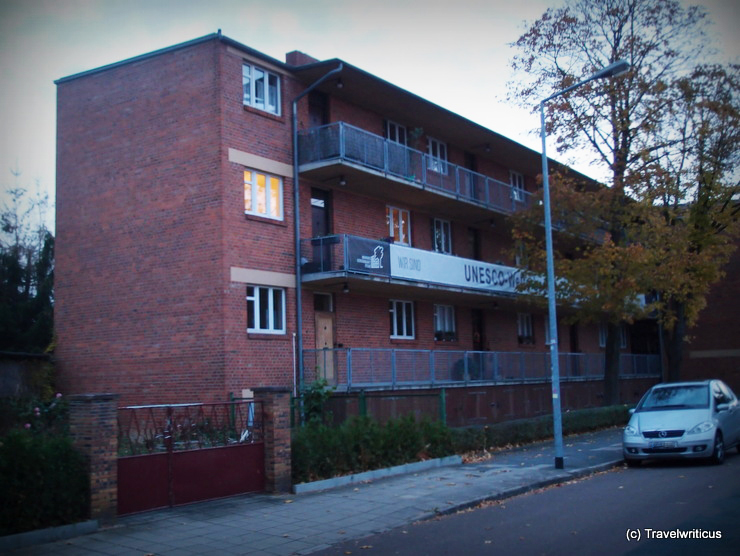
The houses with balcony access (Laubenganghäuser) were built in 1929/30 according to plans by Hannes Meyer. He translated his motto Volksbedarf statt Luxusbedarf” (People’s necessities, not luxuries) into a multitude of small apartments, which are connected to the staircase via an arcade. [German]
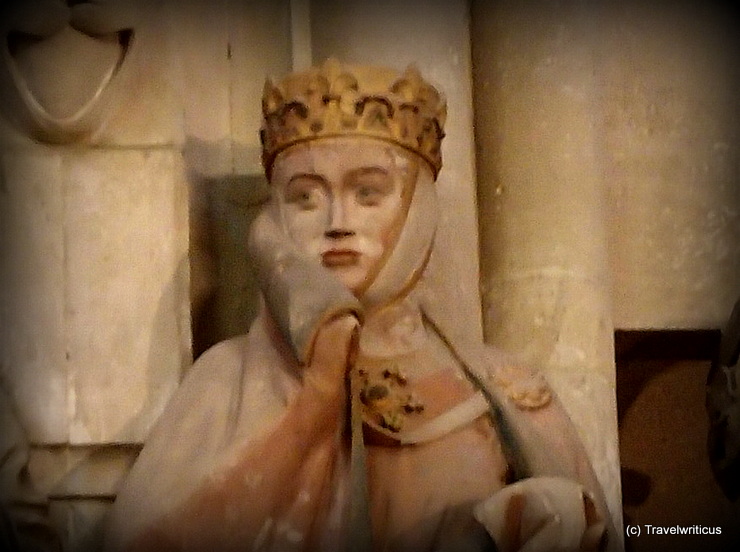
This sculpture is one of twelve donor portraits located in the west choir of Naumburg Cathedral. Due to the look of the depicted lady, this work is considered the most beautiful of the twelve. The name of the statue is Uta of Naumburg.